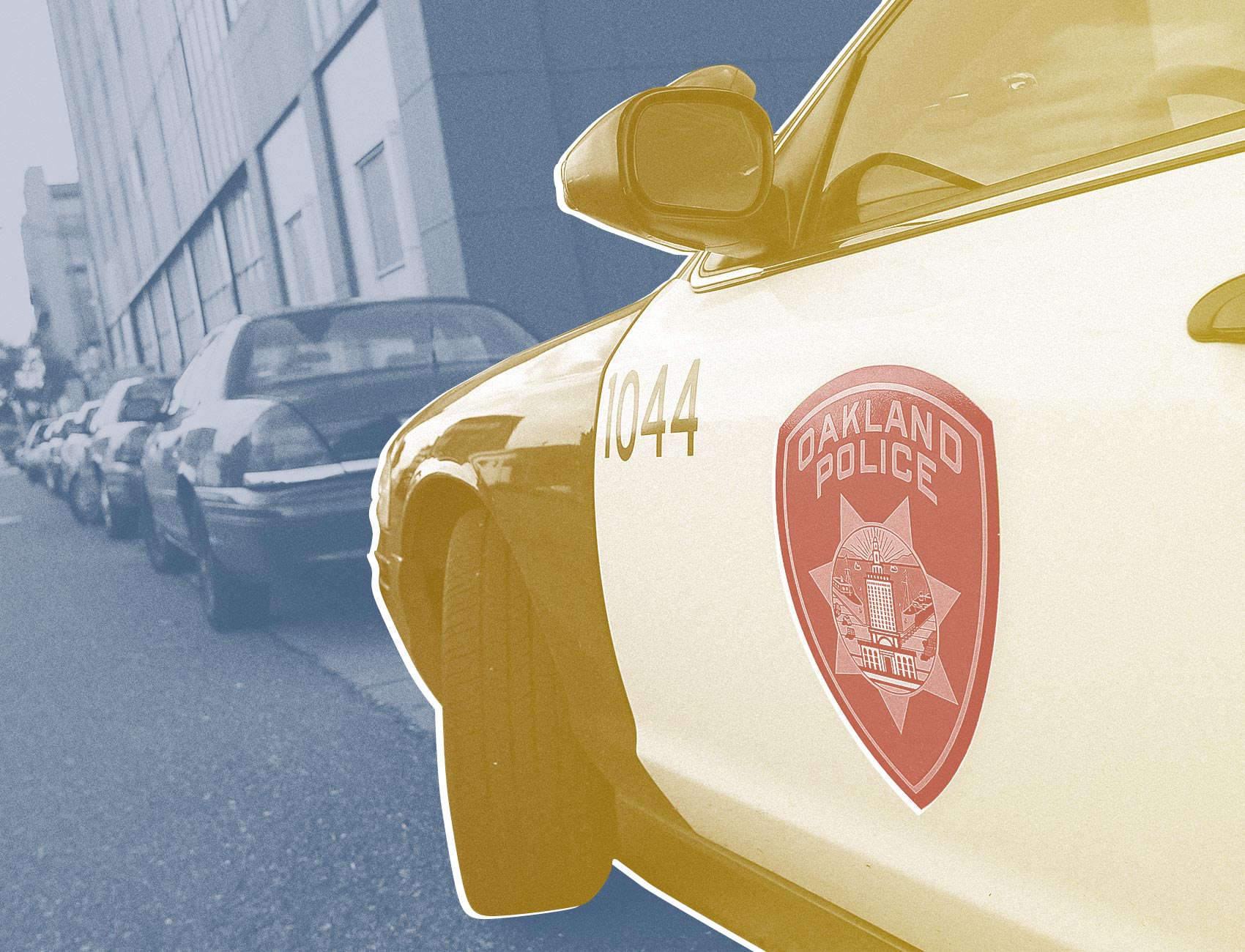Oakland Police Have Been Systematically Underreporting Use Of Force
A new internal audit shows that officers disproportionately strike, tussle with, and draw guns on Black people but then fail to disclose the incidents in their reports.

Between 2013 and 2017, the Oakland Police Department reported a 22 percent decline per year on average in all use of force incidents, including striking and restraining arrestees. The department cited the downward trend as an example for other police agencies to learn from. It said the biggest improvement occurred in 2016 and 2017 when officers reported a 45 percent decline in the number of times they pointed a firearm at someone.
But in September 2018, the Oakland police’s inspector general, an internal watchdog, found that officers under-reported the number of times they pointed their guns at people. In November, the department’s independent monitor confirmed the inspector general’s determination while also noting multiple cases in which officers struck or wrestled with people and failed to report it.
More comprehensive data released by the inspector general in July confirms that officers have been failing to report when they use force. One incident reviewed by the auditors involved a detained person who tried to run from an officer. According to the report, “the officer grabbed the subject by the hair and pulled him to the ground. The officer failed to articulate and document in his report that he pulled the subject by his hair.”
In another incident, an officer did a “takedown” of a person who was already in handcuffs and didn’t report it.
“I think the study calls into question all the figures on use of force,” said attorney Jim Chanin, who helps oversee the Oakland police through a court-ordered reform program. Chanin said that use of force reports increased by as much as 300 percent during the first five months of this year, after the bad statistics came to light, and the department updated its reporting policy and retrained officers.
“There’s no basis for them to have any figures that we can rely on in order to analyze what appropriate amounts of force are, who it’s being used on, and all sorts of questions like that,” said Chanin. “You just can’t do that anymore. It puts us in a very bad situation.”
The police department did not respond to a request for comment from The Appeal.
The July report was posted without any notification to the media or public. It focused on a sample of 47 incidents in 2018 for alleged crimes in which there was a greater likelihood that officers used force to make an arrest.
Police department auditors watched body camera videos in all 47 incidents and reviewed arrest reports and other evidence. They found that 36 percent of arrests—17 of the 47 incidents they reviewed—were made after officers used force on someone, but the officers did not report striking, wrestling with, or drawing a gun on the person, in violation of the department’s policies.
“This absolutely confirms what we’ve seen on the ground,” said Cat Brooks, an organizer with the Anti Police-Terror Project in Oakland who made an unsuccessful bid for mayor in 2018.
Brooks said that in town hall meetings she was told that the police had not become less violent. She also said that skepticism about the department’s statistics regarding use of force remains prevalent in the city’s Black community.
An Oakland police department that uses less force on people than it used to is “just not the lived experience of people in Oakland,” Brooks said.
The new audit found that Black people are disproportionately affected by unreported use of force. According to the report, 80 percent of incidents in which officers used a “weaponless defense technique” and then failed to report it involved Black people. Black people also accounted for 89 percent of the unreported incidents of people who had guns pointed at them.
“When force goes unreported, it inhibits the Department’s efforts to accurately assess potential racial disparities in the use of force by the Department,” the department’s auditors concluded.
As a result of the audit, the Oakland police have opened 17 internal affairs investigations to determine whether officers purposely tried to conceal use of force incidents. The department didn’t respond to questions from The Appeal about the status of these investigations.
